Encouraging wildlife without discouraging the people
November is often a month where more planning than gardening is done and I encourage you to think about helping local wildlife.
A wildlife garden is just as deliberately managed and intensively planted as any other garden. Some wildlife gardens even look like attractive ‘normal’ gardens – mine for example! To attract a wide range of creatures you will be packing in features and plants at a much greater density than in the countryside and you will be just as officious in removing the plants that you do not want. A wildlife garden is not an abandoned, weedy wasteland.
Wildflower meadows are popularly created by delaying mowing lawn and introducing native wildflowers to supplement what appears naturally and these are a very good food source for insects and birds. However, if you want to keep a mown lawn then you can provide the wildlife value with a well thought-out bed of wildflowers and cottage garden plants that provide nectar, pollen and seeds right from spring through to autumn.
The majority of wildlife that you attract will go under the heading of ‘creepy crawlies’ that are the bedrock of a healthy eco-system. Insects, beetles, worms, wood lice and a myriad of mini-beasts are the start of the food chain that leads up to the bigger, more impressive mammals and birds. Children delight in poking under logs and stones in a quiet corner looking for invertebrates and a move away from chemicals in the garden will ensure that they are never disappointed.
Shrubs with autumn berries and a water source, however small, are valuable wildlife habitats too. So give it a go and get all the more enjoyment from your garden: and not a weed in sight.
Alison Marsden lives in Southborough and provides advice to gardeners as well as teaching for Kent Adult Education Services.
There is no long term commitment – just all the advice you need an hour at a time.
Find out more at www.gardeningbydesign.co.uk or call 0780 304 5327
Wildlife likes the same things as gardeners: a long season of flowers, seeds and colourful berries.
Mycorrhizal fungi
Mycorrhizal fungi have been around for 400 million years. What is new is the development of off-the-shelf products for gardeners to add to their soil. Bought in granular form and added to the root ball at planting time, these fungi attach to the roots of plants and form a symbiotic (mutually beneficial) relationship: the fungus forms a huge network of fine ‘roots’ and increases the uptake of water and nutrients in the host plant; in return the plant supplies some food energy stored by photosynthesis to the fungus. It is thought that up to 85% of plants benefit from some species of mycorrhizal fungus, especially trees and shrubs that will live in the same place for years. Also it is starting to look as if planting with mycorrhizal fungi can significantly reduce the incidence of ‘Rose sickness’ where new roses fail if planted directly into the same soil when an old rose is removed, without the need to dig out and replace a large amount of the surrounding soil.

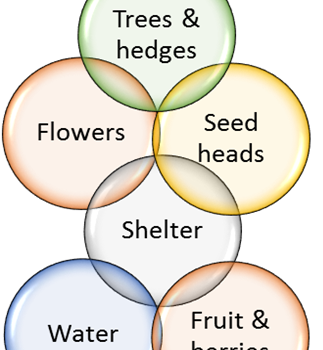
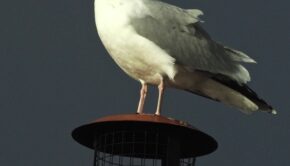
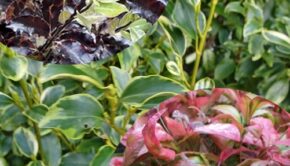
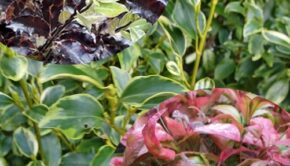
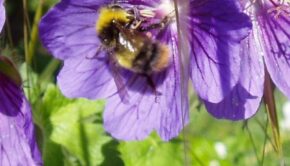
Comments